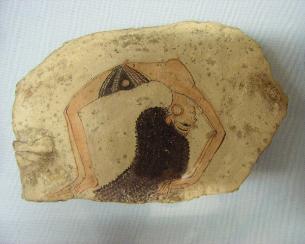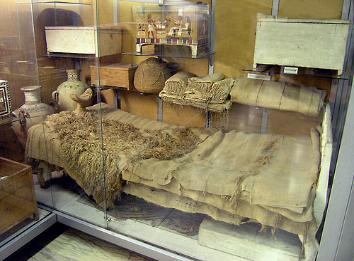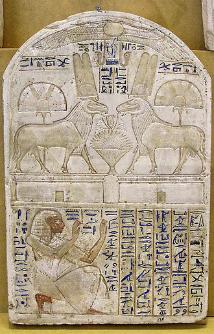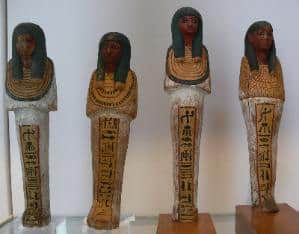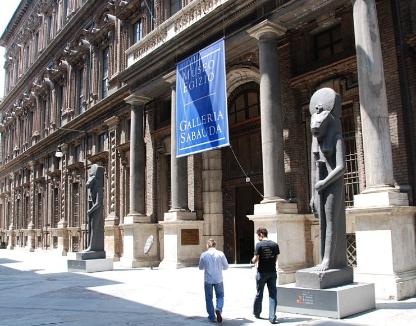
Fondazione Museo delle Antichità Egizie di Torino
The first object having an association with Egypt to arrive in Turin was the Mensa Islaca, an
offering table in imitation of Egyptian style, in 1630. It might had been created for a temple of
Isis in Rome. This exotic piece insired King Carlo Emmanuele III to commission botanist Vitaliano
Donati to travel to Egypt in 1753 and acquire items from its past. Donati returned with 300 pieces
recovered from Karnak and Coptos, which became the nucleus of the Turin University collection.

In 1824, King Carlo Felice acquired the material from the Drovetti collection (5,268 pieces, including
100 statues, 170 papyri, stelae, mummies, and other items), that the French General Consul,
Bernardino Drovetti, had collected during his stay in Egypt. In the same year, Jean-François
Champollion used the huge Turin collection of papyri to test his breakthroughs in deciphering the
hieroglyphic writing. In 1833, the collection of Piedmontese Giuseppe Sossio (over 1,200 pieces) was
added to the Museum. On its arrival in Turin the collection, consisting of about 5300 pieces, was
installed in the rooms of the Academia della Scienze where it has remained to this day.
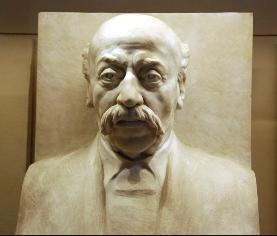
In 1894, the position of Soprintendente del Museo was entrusted to Ernesto Schiaparelli. The
collection was augmented beyond all expectations by the finds during his excavation campaigns
between 1900 and 1920. From 1905 to 1909 he undertook the first scientific excavation of Deir
el-Medina. In one season, 1906, Schiaparelli employed more than 500 workers at the site. The
northern side of the valley was explored on virgin ground. The most spectacular of the many finds
was the intact 18th dynasty tomb of the architect Kha and his wife Meryt. The tomb and its
contents were fully documented in a publication, but Schiaparelli died before fully completing the
excavation report.
The museum’s last major acquisition was the small temple of Ellesiya, which the Egyptian government
presented to Italy for her assistance during the Nubian monument salvage campaign in the 1960s.
The museum was conferred on the Foundation (Fondazione Museo delle Antichità Egizie di Torino) in
December 2005.
